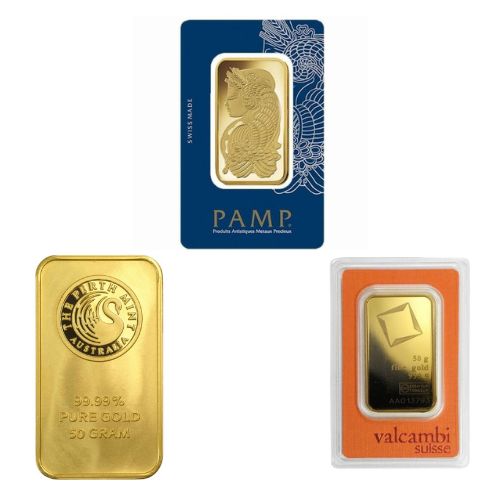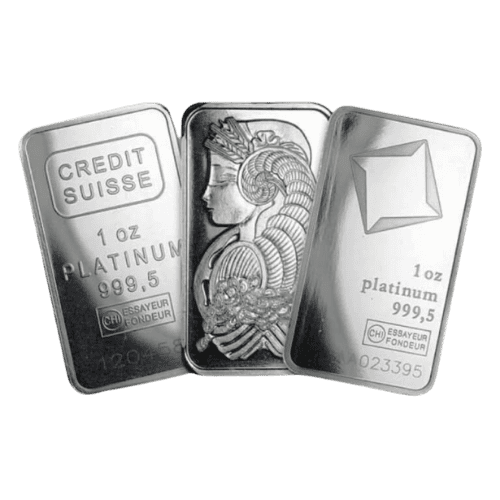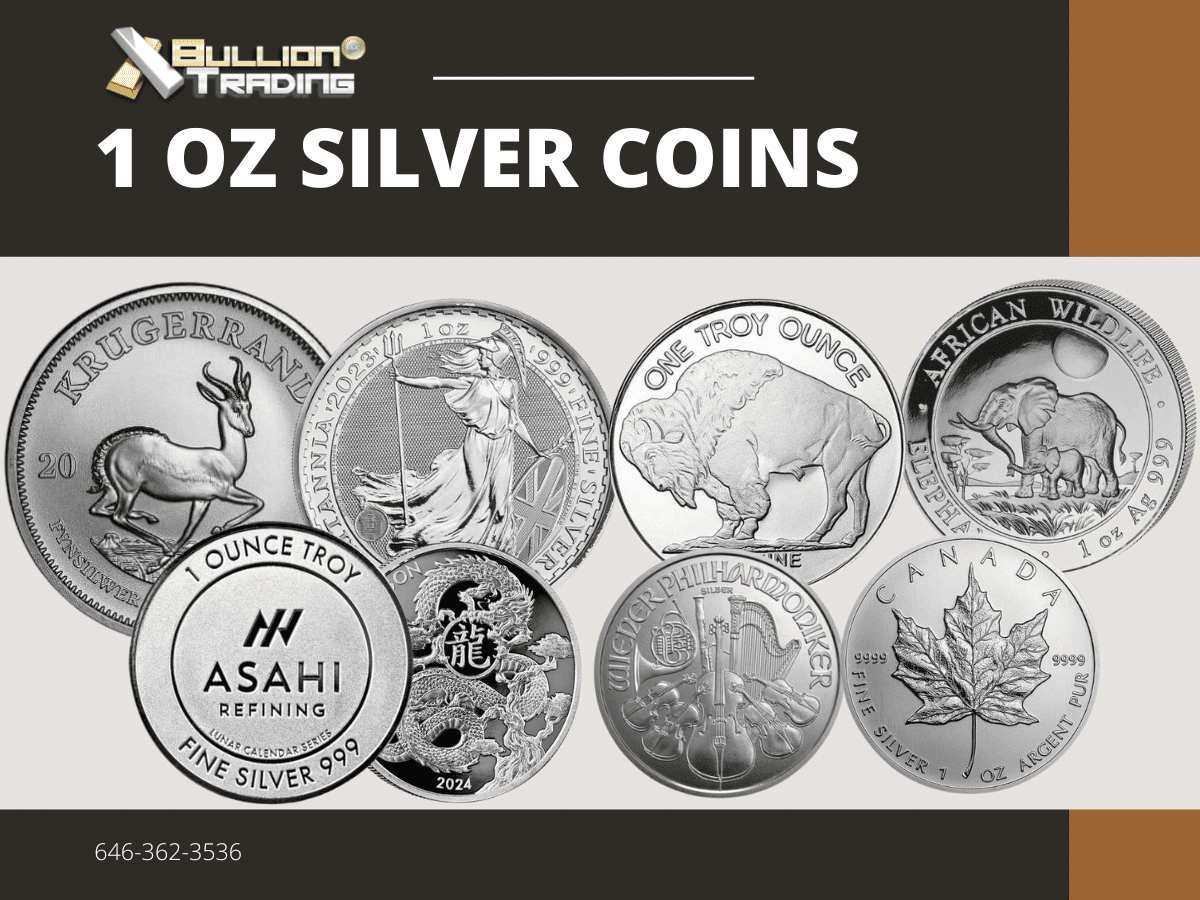Bloomberg reported that reserve banks now jointly hold more than 33,000 tonnes of the metal. The news organization said this is approximately one-fifth of all the gold ever mined.
Who Are The Central-Bank Buyers?
From 2016 to the very first half of 2018, most purchases were by a handful of reserve banks, consisting of Russia, Kazakhstan and Turkey, Liang reported. Individualss Bank of China, on the other hand, has been obvious by its lack considering that 2016.
Main banks are not only buying more gold than over the last few years, but a number of new buyers have actually gone into the fray.
Liang said, Russia has continued to buy gold along the lines of 50 to 60 tonnes per quarter, with 159.8 tonnes for the year to date. The nation has slightly purchased above 200 tonnes yearly over the last 3 years, she stated. Kazakhstan has been buying 30 to 40 tonnes a year, and the consultancy anticipates this to continue, with the reserve bank currently buying 34.1 tonnes.
Dempster sees central banks collectively staying net buyers.
” Central-bank purchasing has sped up dramatically,” said Natalie Dempster, handling director for reserve banks and public policy with the World Gold Council. “It has likewise ended up being geographically more diverse, with several new nations including gold for the first time in years.”
We discovered this terrific short article at https://www.kitco.com/news/2018-11-02/What-Central-Banks-Bought-Gold-In-2018.html By: Allen Sykora
” It is also worth noting that the brand-new purchasing has actually been focused in nations that have particularly low allocations to gold,” she included.
CPM Groups data reveals 11.4 million ounces of net purchases have already taken place, therefore currently exceeding the 10.9 million from all of in 2015, stated Rohit Savant, director of research study.
Even more, Savant continued, numerous central banks have much of their reserves in the U.S. dollar, but the greenback may not stay as strong as it has actually been. When the dollar falls, gold tends to rise, and vice-versa. “They just keep trying to find methods to diversify,” Savant stated.
This tends to have a two-month lag, hence does not consist of some of the current purchases, such as those from Hungary. Other firms include up the figures even when they are announced ahead of the IMF information.
In truth, she added, 16 various main banks have increased their gold reserves considering that the start of 2017. In its quarterly report on need patterns launched today, the World Gold Council reported that reserve banks collectively made net purchases of 148.4 tonnes in the third quarter, the most since 2015.
” Part of this boost was related to the gold monetization program. Part might likewise be a reflection of portfolio diversity,” Liang described.
” But any such shift could be de-stabilizing, and some reserve banks may be buying gold as a hedge in anticipation,” she added.
Purchases Expected To Continue
Liang tries to find the usual buyers– Russia, Kazakhstan and Turkey– to continue buying gold.
Bloomberg has reported that Mongolia purchased 12 tonnes this year, although Liang added that the country itself has actually not validated this.
” I think we might be seeing the start of a structural modification here and we might see significantly higher buy from reserve banks moving forward, coupled with a more expanding in demand,” she stated.
India likewise has been gradually increasing its reserves, adding 21.8 tonnes so far this year, with more than half in the 3rd quarter, Liang said. This was the nations very first significant boost given that acquiring 200 tonnes off market from the International Monetary Fund in 2009.
The desire for diversification may likewise be driven by a degrading view of other reserve possessions, Dempster continued. Gold primarily takes on bonds from advanced-economy countries in a reserve portfolio, but budget troubles in the U.S. and Europe and “Brexit” in the U.K. have actually increased the long-lasting dangers associated with these currencies.
Even more, a number of these purchases took place at a time when gold costs were reasonably low, especially compared to early this years when they quickly topped $1,900 an ounce, Savant described. Area gold dropped to a three-month low of $1,160.75 in mid-August after trading as high as $1,364 in mid-April.
This consists of Poland and Hungary, the first European Union nations to purchase gold considering that the start of the century, said Junlu Liang, senior expert with the consultancy Metals Focus. In the case of Hungary, the reserve bank not only purchased its very first gold in 32 years, however likewise increased total holdings by 10-fold.
Metals Focus is trying to find worldwide central-bank net gold purchases of approximately 450 tonnes this year, which would top 390 and 375 the last two years, Liang stated. If so, this would reverse a four-year gradual decline in net bullion purchasing because 2014, with last years total down by 42% from the multi-decade high of 646 tonnes in 2013, the consultancy stated.
Here is a post about what Central Banks bought Gold this year. If you wish to read the original article you can discover a link at the bottom of this post.
” In other countries, its most likely re-balancing associated, driven by a mix of increasing foreign-exchange reserves and a lower gold price, suggesting the share of gold in total reserves has fallen and they are re-balancing back to their favored strategic level. A lot of reserve banks do manage their gold portfolios in this method.”
Liang stated, Russia has continued to purchase gold along the lines of 50 to 60 tonnes per quarter, with 159.8 tonnes for the year to date.
” Holding precious metal within the country is consistent with global trends, enhances monetary stability and may reinforce market self-confidence in the Hungarian economy,” the bank said in its declaration. “Preserving its historic role, gold continues to be among the safest possessions in the world, which boosts stability and self-confidence even under regular market scenarios.”
From the start of the year through the end of August, central banks added 260 tonnes, stated Dempster, who compiles data for the World Gold Council. Came the news that Hungary increased its gold reserves by 10 times. The central bank issued a declaration saying that it hiked its gold reserves from 3.1 tonnes to 31.5 tonnes, all in October, its first purchases given that 1986. The ratio of gold in its reserves jumped from less than 1% to 4.4%, which the bank stated is the average of non-euro location Central and Eastern European nations.
Poland ended up being the very first, including nearly 14 tonnes in the 3rd quarter, Liang stated. Then came the news that Hungary increased its gold reserves by 10 times. The Hungarian main bank revealed this boost this month, and the information has not yet appeared in the month-to-month data from the IMF.
The main bank issued a declaration saying that it treked its gold reserves from 3.1 tonnes to 31.5 tonnes, all in October, its very first purchases because 1986. Even more, metal was moved to Hungary. The ratio of gold in its reserves leapt from less than 1% to 4.4%, which the bank said is the average of non-euro location Central and Eastern European nations.
In the case of Russia, authorities merely want to move away from the U.S. dollar, Dempster explained.
” Russia has actually purchased a huge amount of gold over the previous decade,” she said, including that this now loafs 2,000 tonnes, a 10-fold fold boost over the previous years. “At the exact same time, Russia has recently sold the majority of its holdings of U.S. Treasuries, and the Bank of Russia said it will continue the policy of de-dollarization.
A shift in other currency allotments likewise may be driving a few of the need. Some countries are now holding Chinas currency in their reserves, reflective of growing trade relate to China. Allocations into the Chinese currency can be anticipated to grow in time, generating a shift to a more multi-currency system rather than one mainly in the U.S. dollar, Dempster stated.
” Their currency is clearly in problem. They have been having a great deal of financial issues,” Savant stated.
Why Has Central-Bank Gold Buying Picked Up?
Analysts list a number of reasons main banks have actually been purchasing gold, from geopolitical concerns to diversification of reserves.
Turkey has purchased 54.7 tonnes so far in 2018, consisting of 18 in the third quarter, Liang included.
From the start of the year through the end of August, main banks added 260 tonnes, stated Dempster, who compiles data for the World Gold Council. This omits the information from Hungary. Still, this is a 50% increase from the very same duration last year.
” What has been interesting over the summertime is we have actually seen new nations begin to purchase gold,” Liang continued.
“It will be intriguing to see whether Poland will continue, providing that they have actually been made consistent purchases over the last 3 months.”





